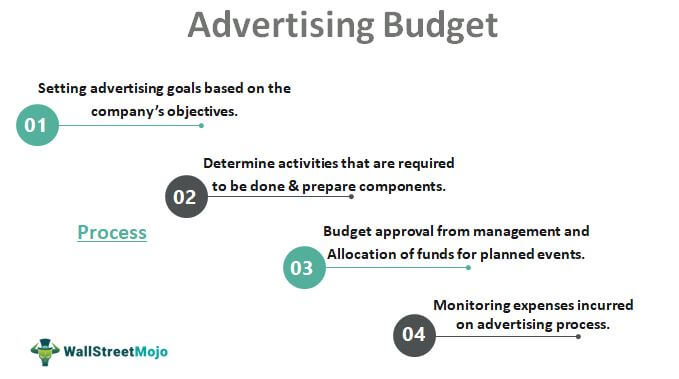A budget is a way to manage your money and ensure that it meets your needs first. It can help you save, reduce stress, and reach financial goals such as building an emergency fund or paying off debt.
First, make a list of all your expenses. This includes both fixed and variable expenses.
1. Make a list of your expenses.
Whether you’re using the 50/30/20 rule or another budgeting method, making a list of your expenses is the first step to creating a successful budget. It will help you compare needs versus wants, and give you a realistic picture of how much you have left over each month.
Needs include your rent or mortgage, electricity, gas, and other monthly utility bills. Wants are things you enjoy but don’t need (like eating out and clothing).
You should also add transportation costs to your list, including monthly car payments and vehicle insurance. If you commute by public transportation, you should account for train or bus fares as well.
Finally, make sure to factor in any one-time expenses that you know about in advance, like a pet’s annual exam or vet trip. These expenses can sometimes wreak havoc on your budget, so it’s best to have some money set aside in case they happen.
2. Break down your expenses into categories.
Keeping track of your expenses can be a challenge, but breaking them down into categories is one way to make them easier to manage. Then, you can prioritize which ones to cut back on to make room for savings or debt repayment.
The main categories you’ll want to consider are housing, transportation and health care. Your housing costs include rent or mortgage payments, plus property taxes and HOA dues.
Transportation is the cost of getting to and from work, class or other activities. Your transportation expenses include car payment, gas, maintenance and auto insurance.
Healthcare costs include insurance, out-of-pocket medical costs and prescriptions. This category can be a little more variable than the others, but it’s still important to keep in mind when budgeting because you don’t always know how much your costs will increase month to month.
3. Set a budget for each category.
Having a clear line between your needs and wants is essential to budgeting success. It’s also important to know where you can cut back on spending, especially if you’re trying to pay off debt or save money for the future.
The first step is to make a list of all your expenses and break them down into categories. Then, you’ll set a budget for each category.
One popular method is the envelope system, which has been championed by financial expert Dave Ramsey. With an envelope system, you put cash away in different envelopes for specific categories.
This is a great way to keep track of your spending and prevent overspending. You can use a budgeting app to help you monitor your spending and track the progress of each envelope.
4. Stick to your budget.
Budgeting is a great way to keep track of your expenses and set aside money for the future. But the key to sticking to your budget is consistency.
Sometimes it’s easy to overspend in a certain area and then feel like you’ve failed and stop budgeting altogether.
Keeping a budget realistic is a good way to avoid this.
Another important rule is to only buy what you can afford, even if it means cutting back on other things.
This can help you save money and get out of debt faster.
You might want to consider a 50/30/20 rule, where 50% of your monthly income goes towards bills and 30% is set aside for savings.



